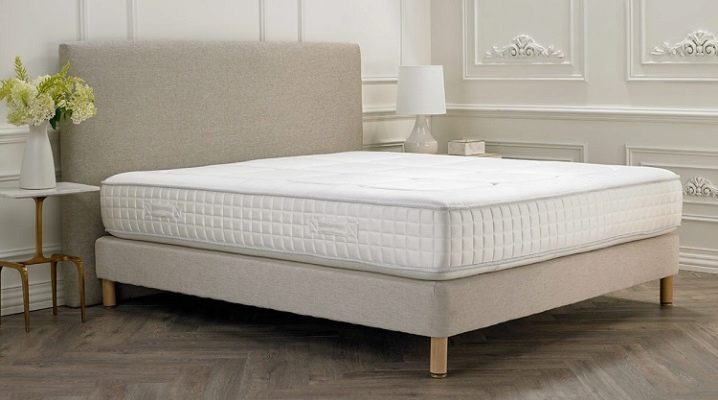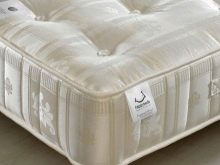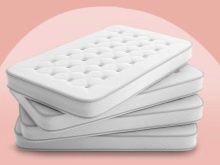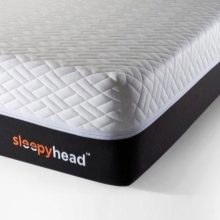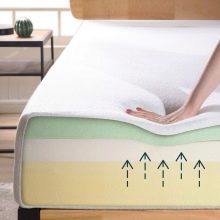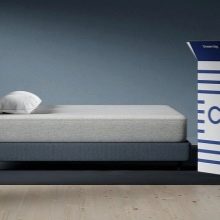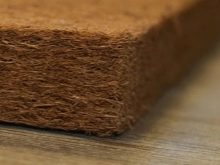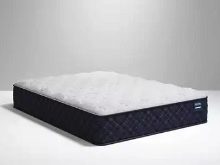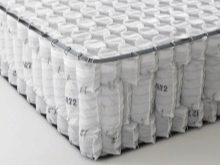Service life of mattresses
An integral part of any bed is a mattress. Currently, manufacturers offer a huge selection of mattresses, differing in filler, upholstery material, and service life. The service life of mattresses - in this article.
What does it depend on?
The service life of each type of this product is determined by the manufacturer and is indicated in the attached operating instructions. In addition to following the recommendations specified in the instructions, a number of other factors that cannot be foreseen by the manufacturer can affect the duration of the mattress's service. Among the main ones are the following.
- Mattress type. The service life of an orthopedic product with a spring block is about 2 times longer than that of a piece with a soft filler.
- Filler quality. In springless models, a filler based on coconut fiber or latex has a longer service life than a mattress with cotton wool, synthetic winterizer or foam rubber inside.
- The quality of the materials and equipment used for manufacturing. Products made on modern equipment using the latest synthetic materials and stainless steel significantly increase the service life of the products.
- Continuous quality control... This factor makes it possible to identify defects in fabric, spring structures at the stage of OTK acceptance. Such a product should not be marketed.
- Compliance with the operating rules specified by the manufacturer. The implementation of these recommendations, starting from the transportation stage, will preserve the appearance of the mattress and the primary shape of the filler.
- Purchase of a mattress only in a company store or from an authorized distributor of a trusted manufacturer.
- Weight and number of sleepers daily there is a man on the mattress.
The approximate shelf life of different types
The shortest service life (about 3 years) has mattresses with fillers such as cotton wool, synthetic winterizer, polyurethane foam. Any of these fillers very quickly loses its original density, shrinks. As a result, dents and creases form on the product, its surface becomes bumpy. Together with the filler, as a result of the formation of dents and bumps, the upper fabric also deteriorates: stretches, abrasions appear on it, and subsequently tears. Such a mattress becomes uncomfortable for rest and sleep, so it must be changed to another one about once every 3 years.
Springless mattresses have a longer service lifebased on - natural fiber, latex or coconut sheets. The service life of such products on a bed reaches 10-15 years. Only too much load (weight of an overweight person) or violation of the rules for its operation, storage and periodic maintenance can render such a mattress unusable.
In such cases, a variety of changes may occur with the filler, as a result of which the mattress will become hard and uncomfortable.
Therefore, mattresses based on coconut fiber or natural latex are often used for children's and teenage beds. Orthopedic specimens with a spring block have the longest term of use. They can be used for up to 25 years. It is better if the springs in the mattress are independent - this will allow replacing the damaged block with a new one without replacing the entire mattress. And also when choosing, you need to pay attention to the quality of the steel used in the production of springs and the thickness of the steel bar.
But spring models do not always manage to operate the entire declared service life, since the springs sometimes remain fully functional, but the upholstery material becomes unusable. The fabric accumulates dust over time, stains form on it, it fades or deteriorates. As a result, further use of the orthopedic sleep device with a spring block will be impossible.
How to renew?
To preserve the original appearance of the mattress and its functionality throughout the entire period of use declared by the manufacturer, you need to start taking care of it from the moment of transportation from the store. To extend the service life, you need to know a few rules.
- During transportation or storage, do not twist, squeeze, bend the mattress... This can lead to deterioration of the padding and tears in the fabric of the upholstery.
- Do not store the product in an upright position for more than 48 hours. This can disrupt the placement of the filler or spring blocks.
- For daily use, the mattress must be turned over from one side to the other at least once every 3 months. In addition, you should change its position relative to the legs and headboard at least once every 4 months, which will evenly distribute the load on all sides of the product, prevent creasing of the filler in certain places. It is especially important to follow these recommendations if the mattress is used for sleeping by several people with different weights.
- Vacuum up the upholstery material weekly. The fabric can accumulate dust deposits, so if not properly cared for, pathogens, such as dust mites, can grow in it, which is almost impossible to remove.
- Use additional removable covers and mattress toppers that can be washed. They will prevent contamination of the upholstery material.
- When used in baby beds it is necessary to protect the mattress from urine and getting wet using special polypropylene covers.
- Avoid using the product for sleeping in rooms with strong odors, since the fabric is able to absorb them.
- When choosing an upholstery material, preference should be given modern synthetic materials with protection against fading or yellowing.
Thus, in order for the mattress to be comfortable, to have a neat appearance throughout the entire period of use, it is necessary to know the rules for its operation and adhere to these rules throughout the entire period of use of the product.
